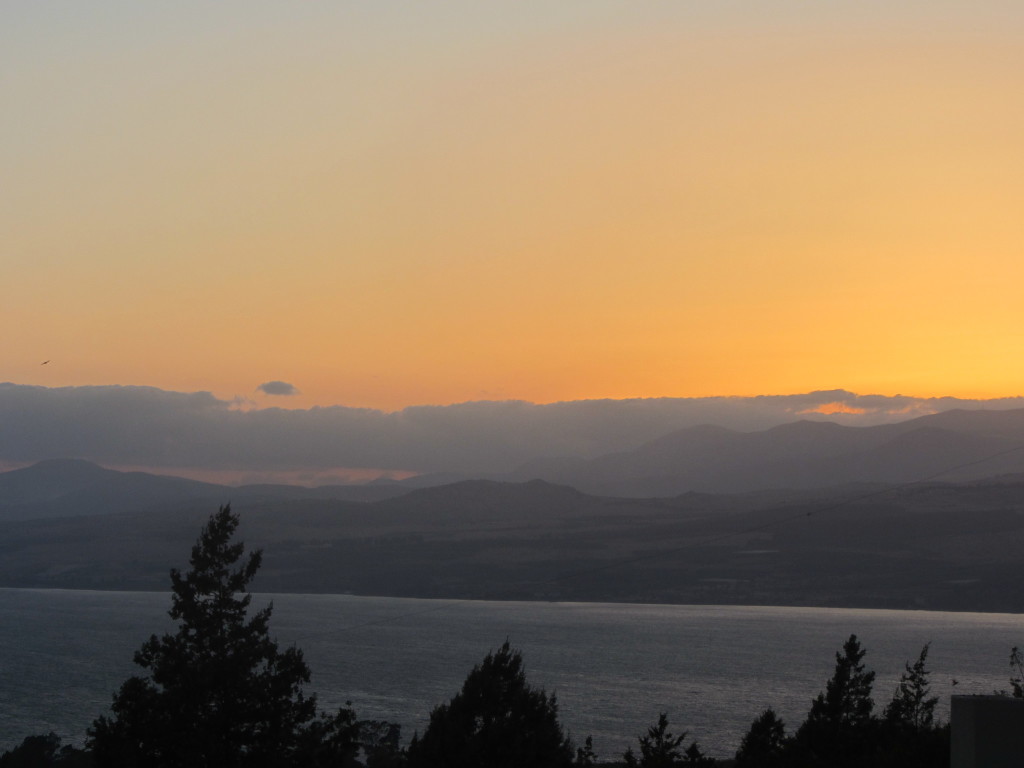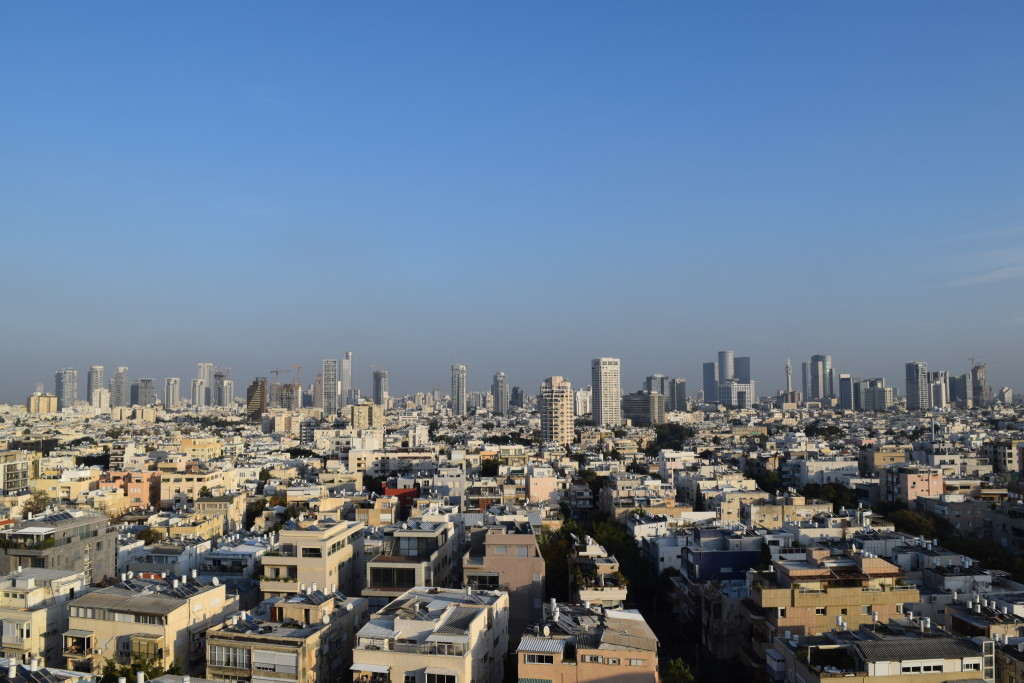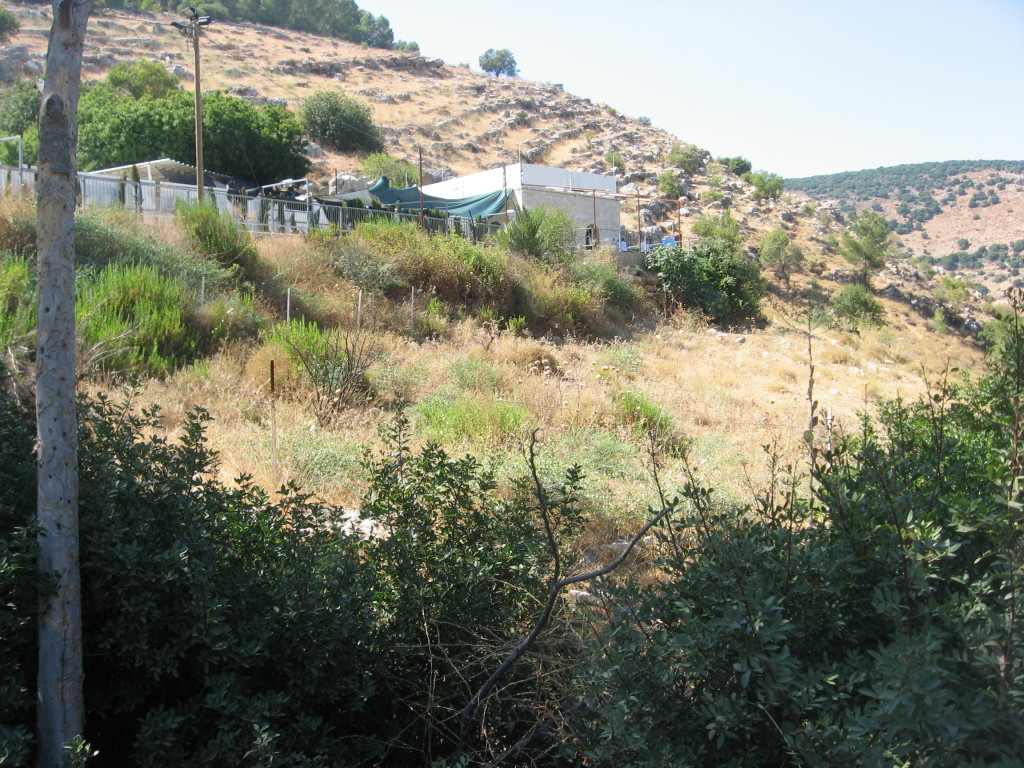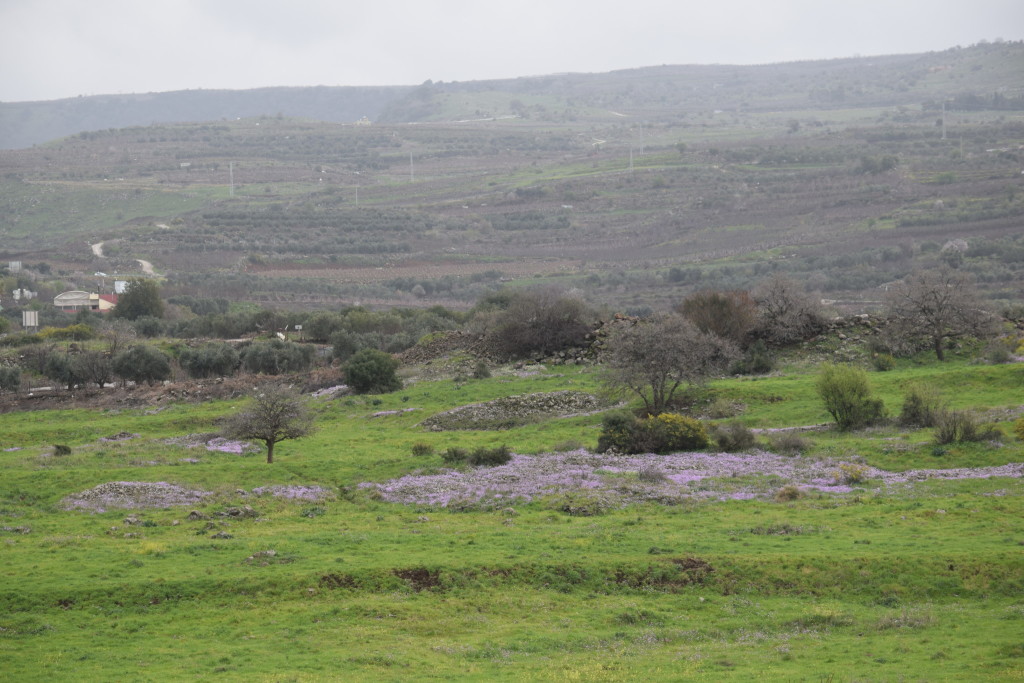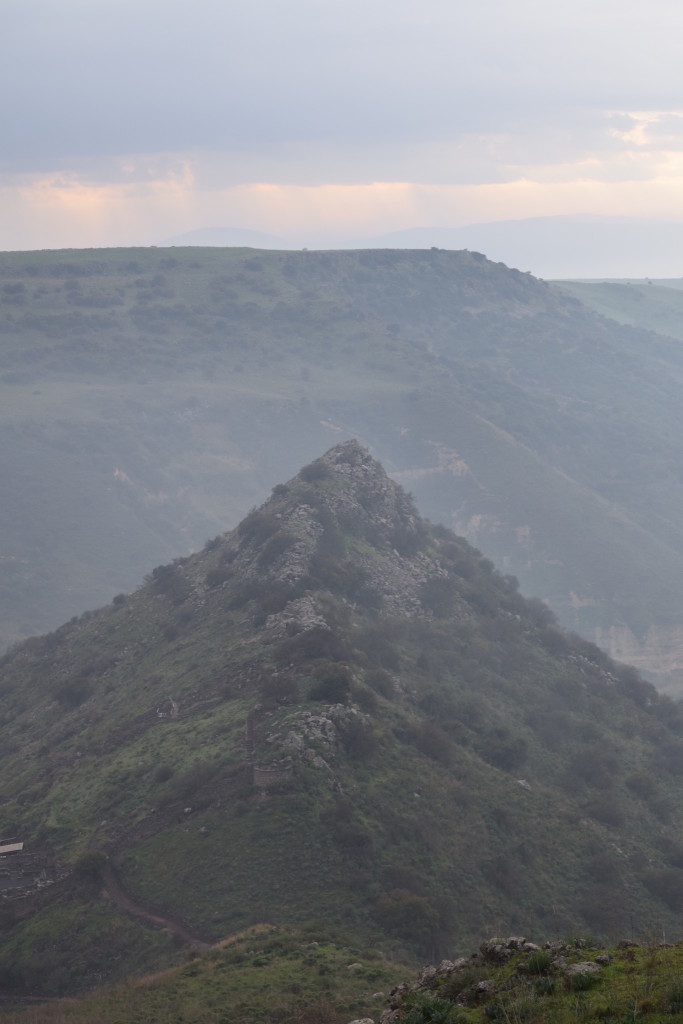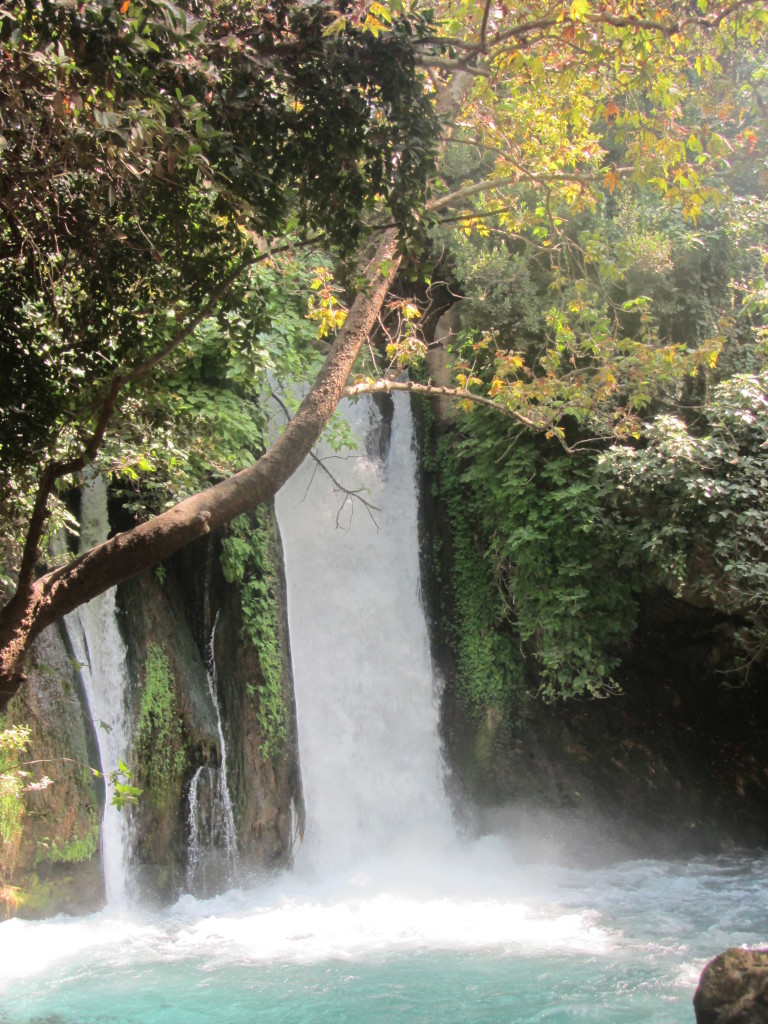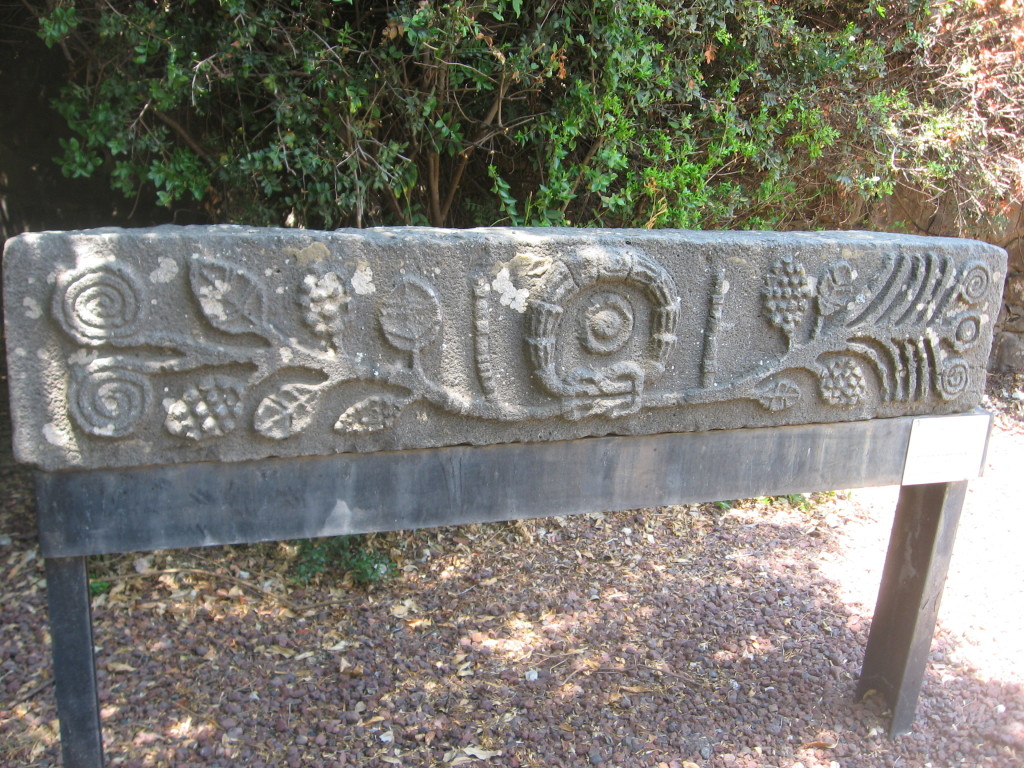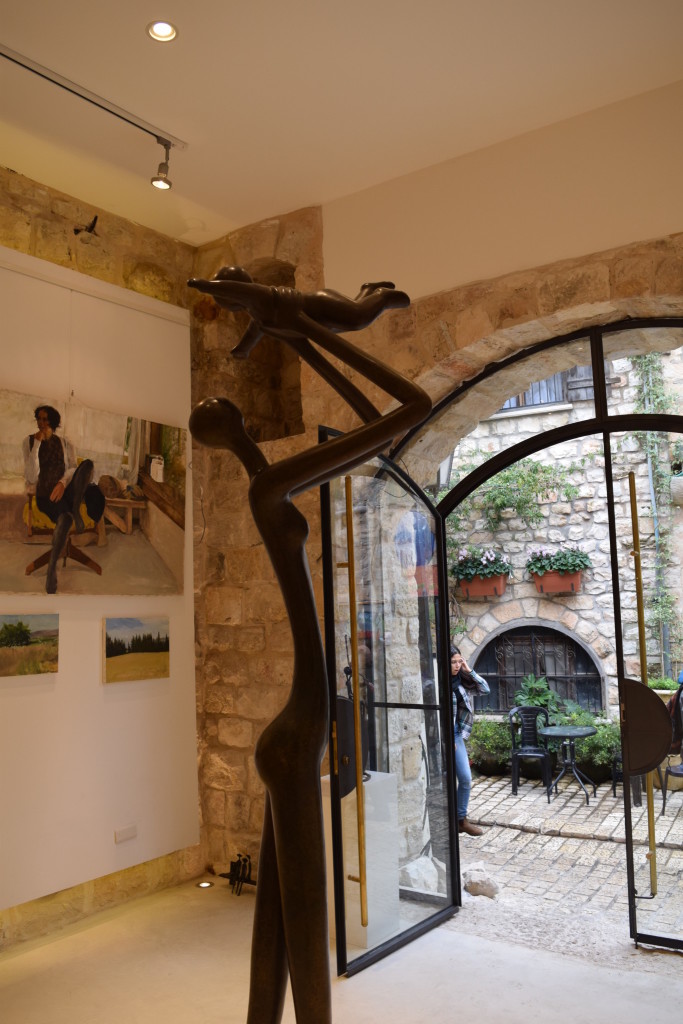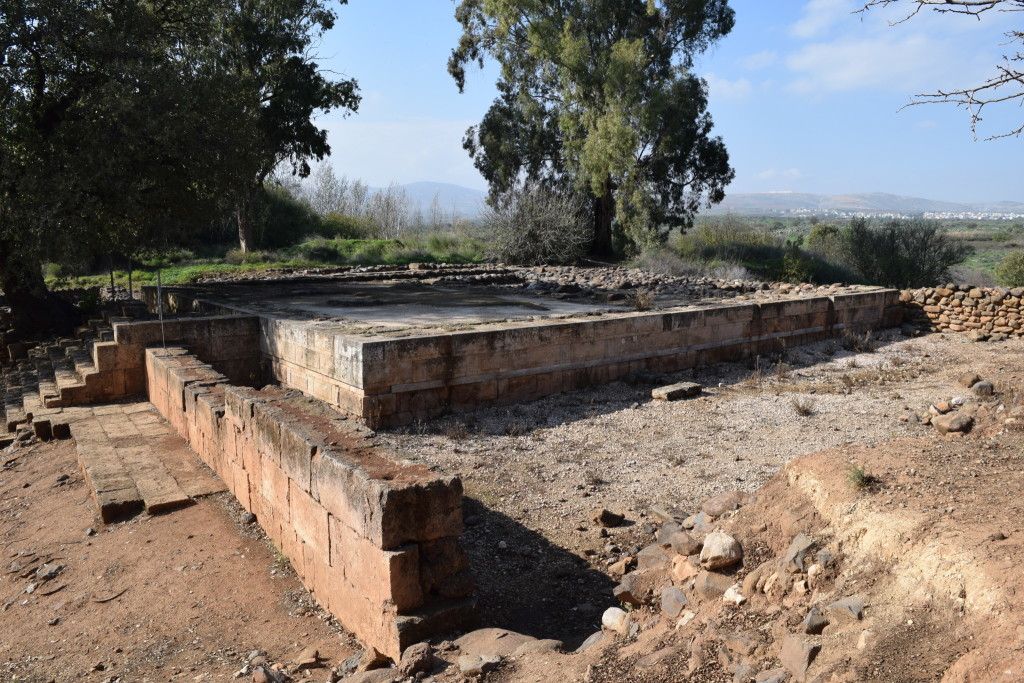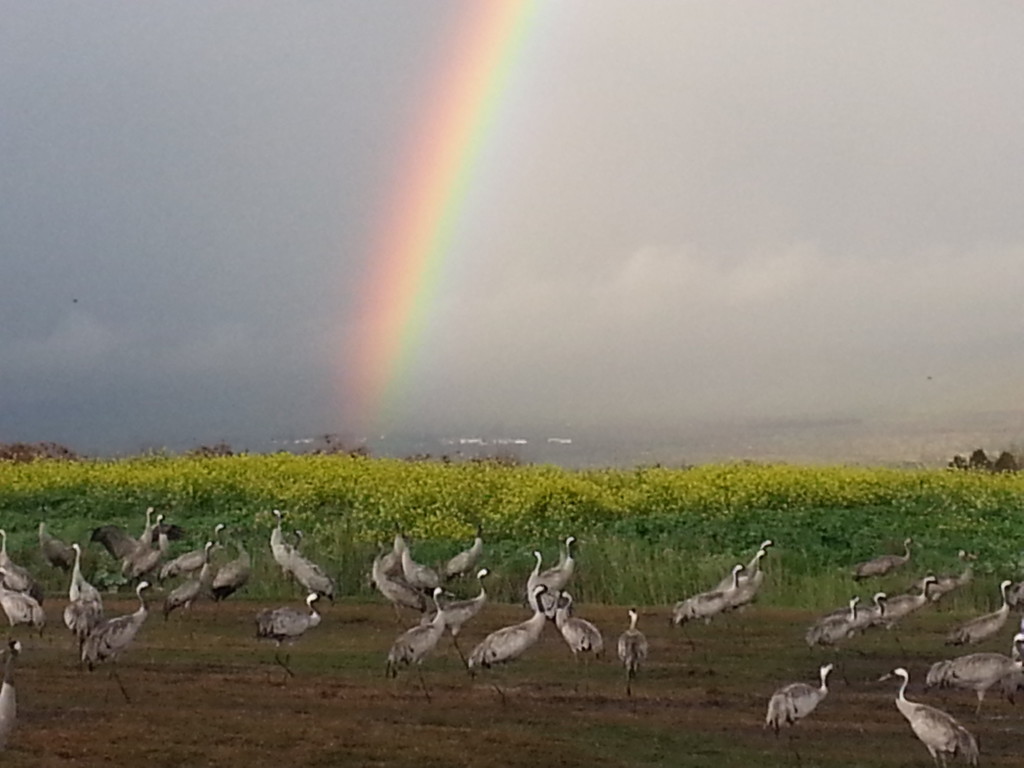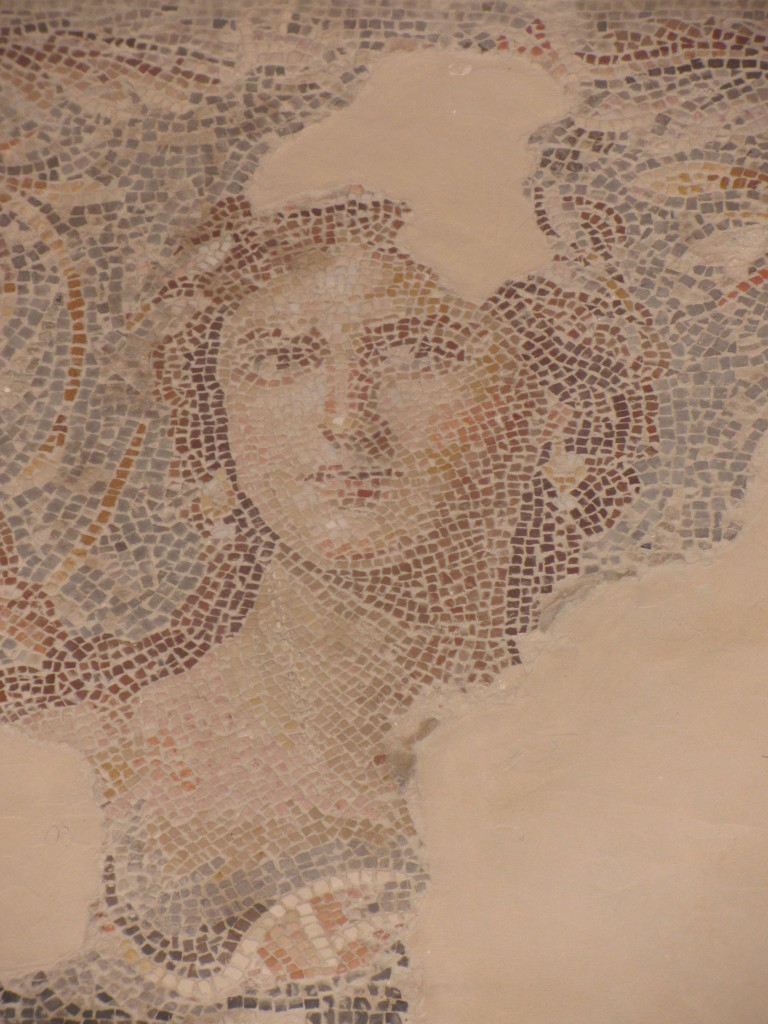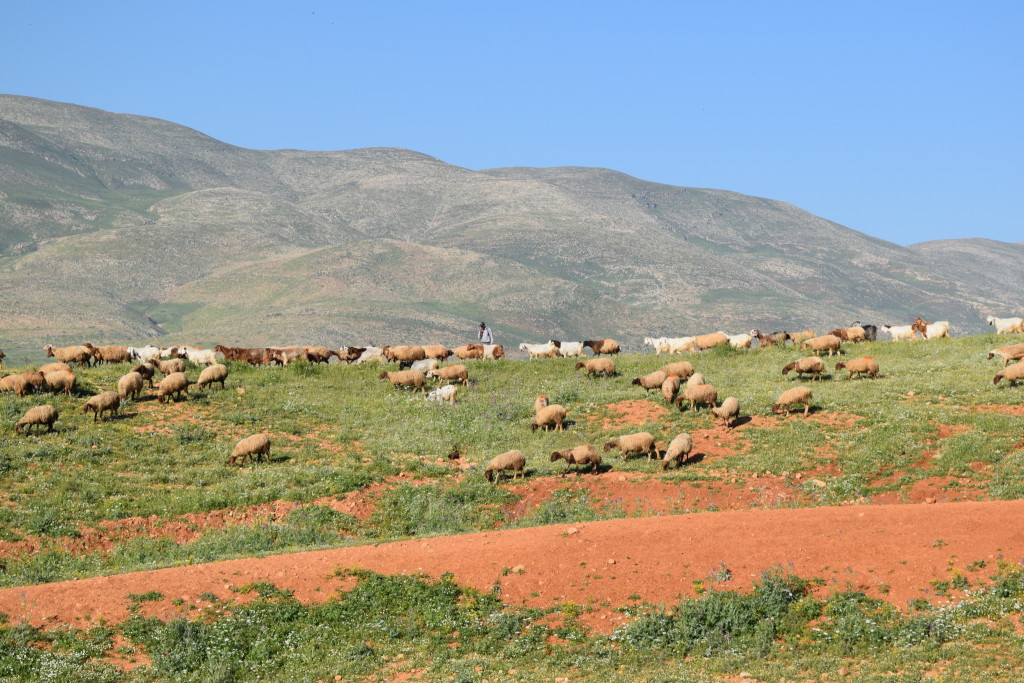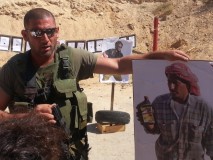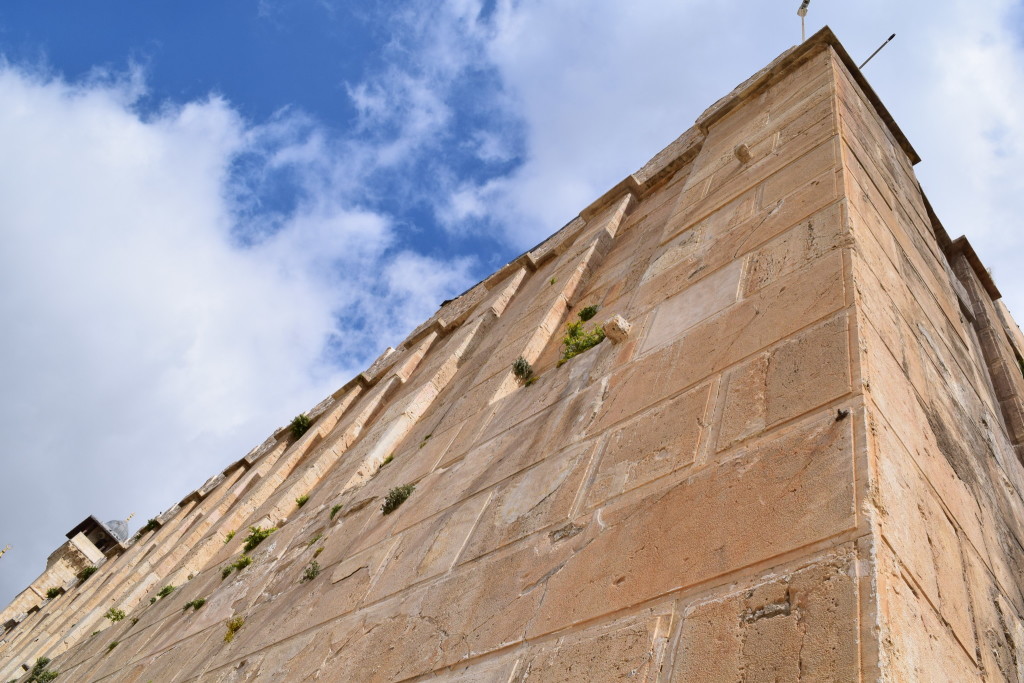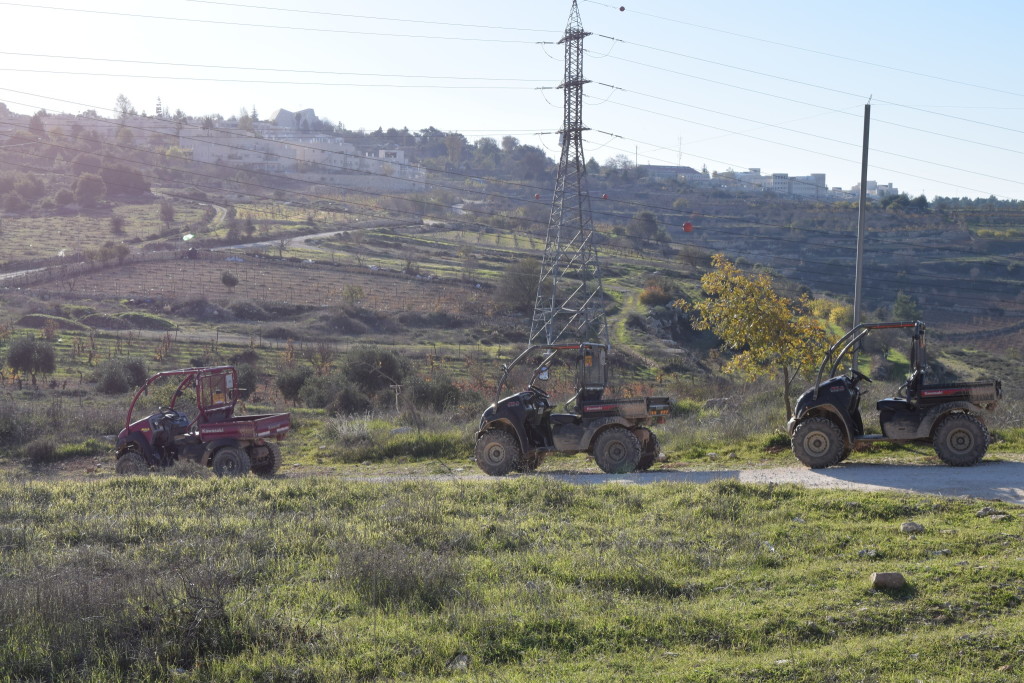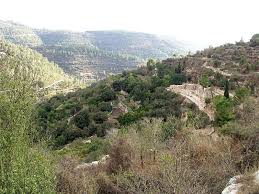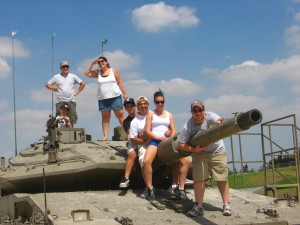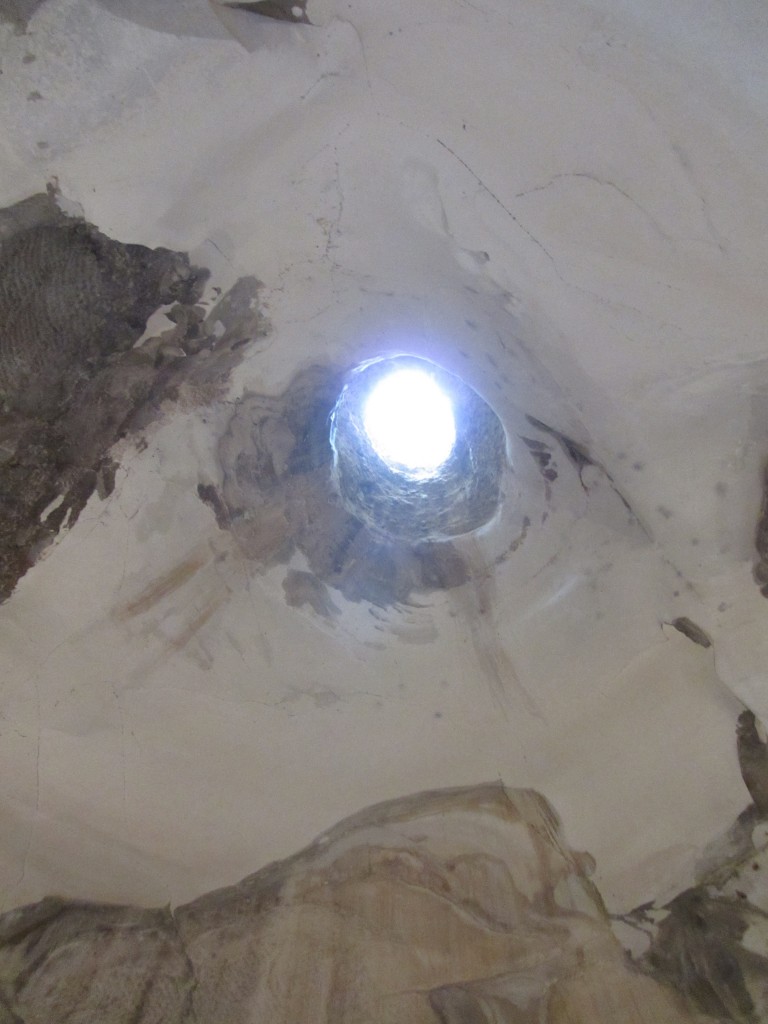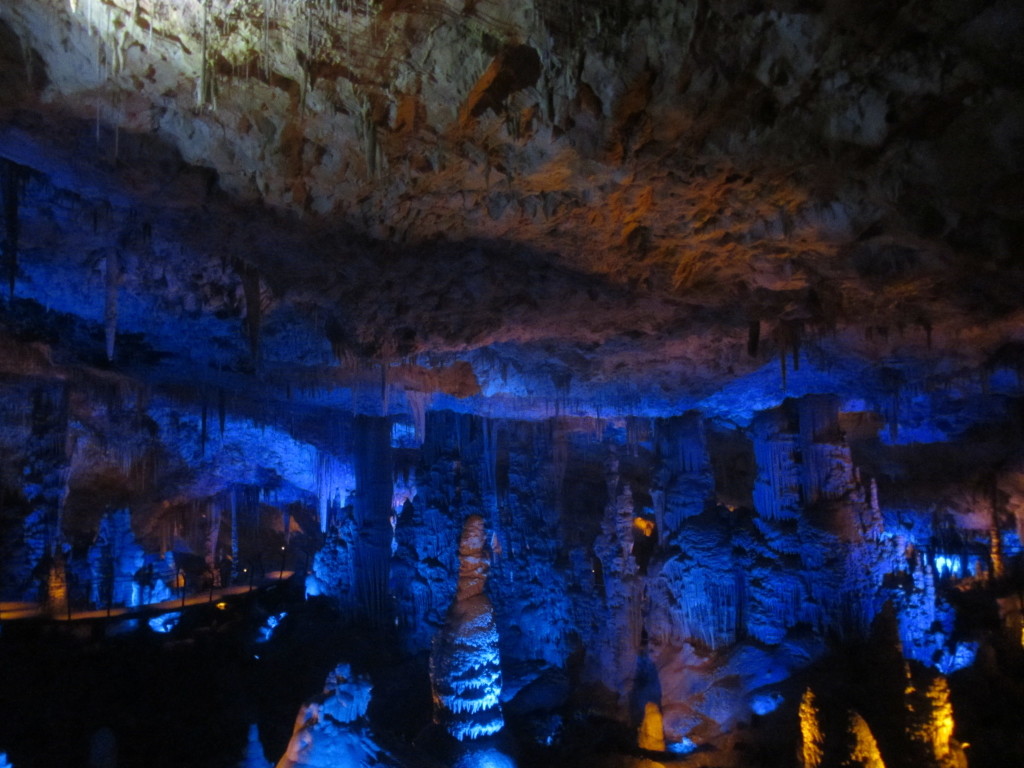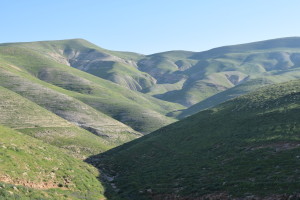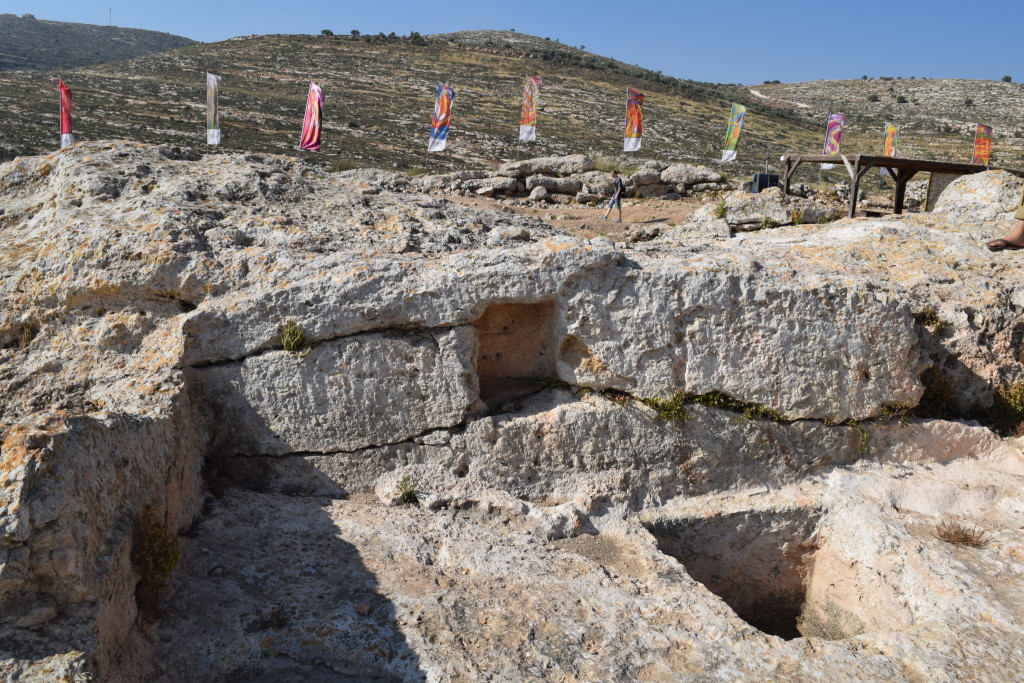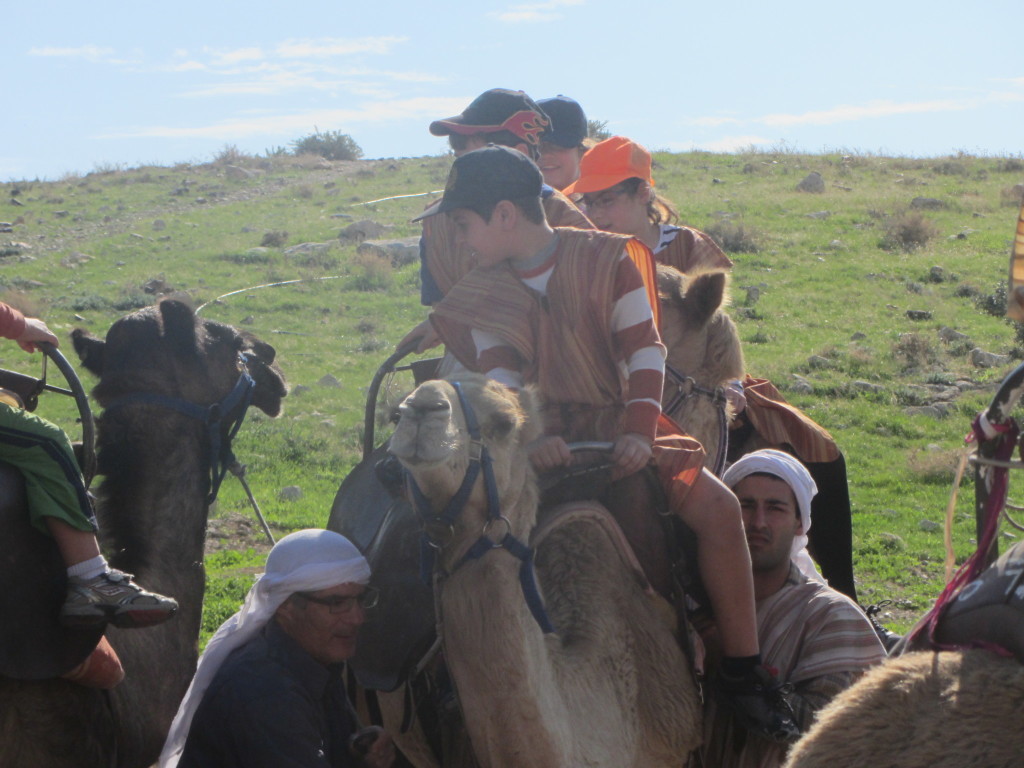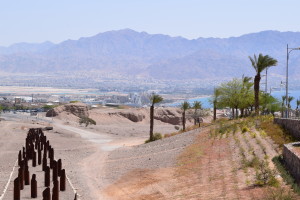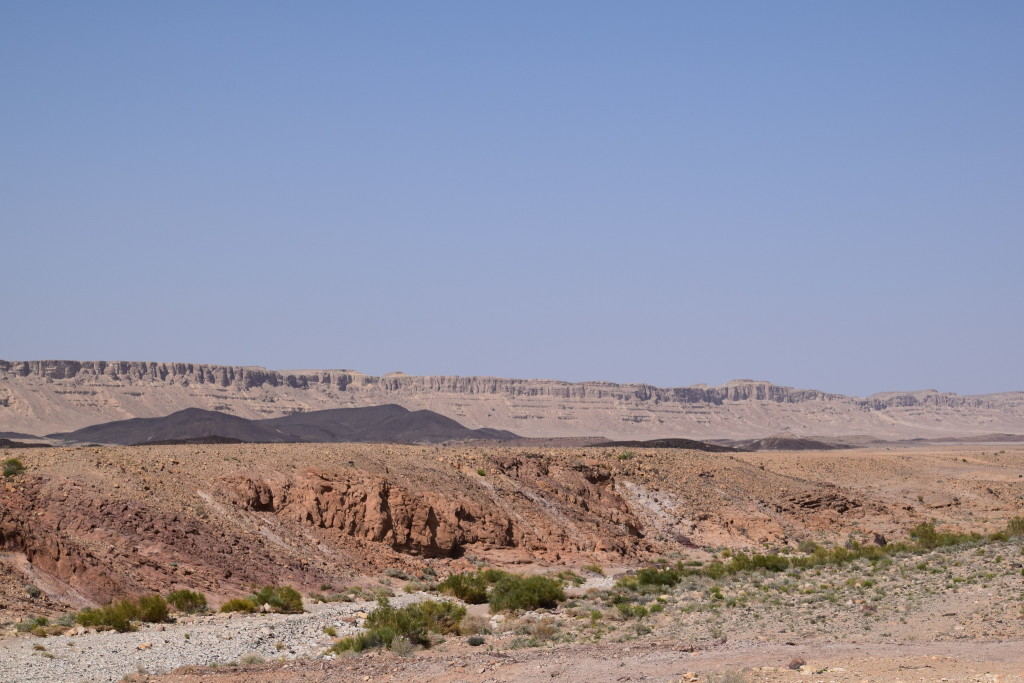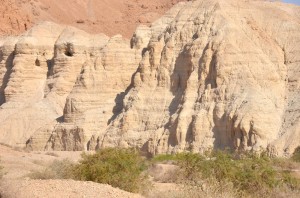In this menu, listed according to region, you’ll find sample itineraries and sites which will be of interest to Jews of all denominations.
Israel’s North Country is small enough so that you may choose to visit sites on the northern coast and Galilee on the same day. Or you may choose to view sites in the Galilee and Golan on the same day. It is a stretch to combine the Coast, Galilee and Golan in one day.
If you begin your day in Tel Aviv it is possible to travel north as far as the Lebanese border, seeing sites along the way and then return to Tel Aviv in time for dinner. But your total transit time in this scenario can approach five hours. An easier day would involve beginning in Tel Aviv and ending the day in a Coastal or Galilee location, to be fresh for the next day.
If you begin your day in Jerusalem it’s easy to travel down to the Dead Sea as far as the resorts in Ein Bokek, 15 minutes south of Masada, and return to Jerusalem the same evening. Your total transit time in this case will be about three hours.
You may also start in Jerusalem and head north through the Jordan Valley in order to reach the Galilee, Golan and Sea of Galilee. Stay in one of those locations and begin fresh the following day.

